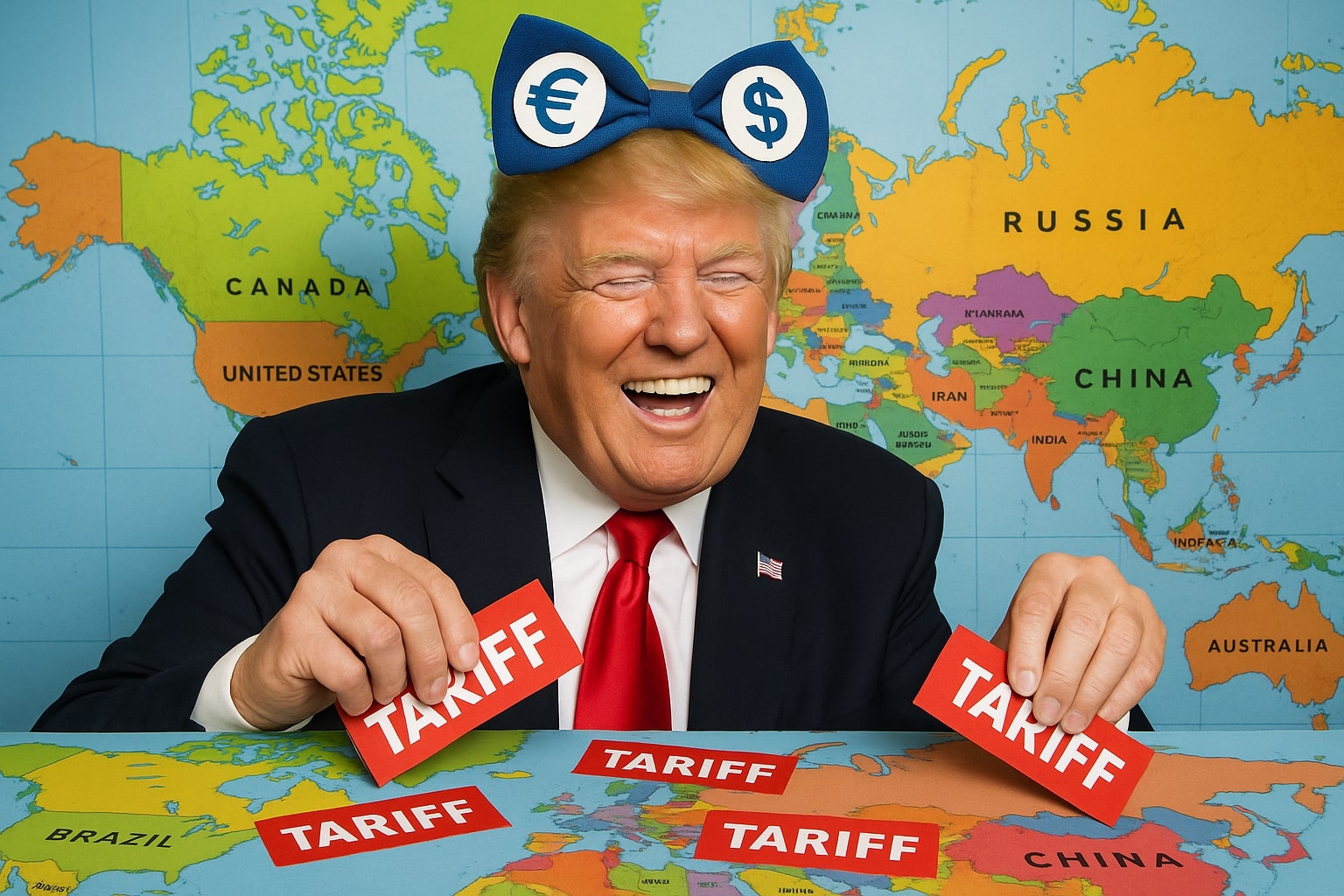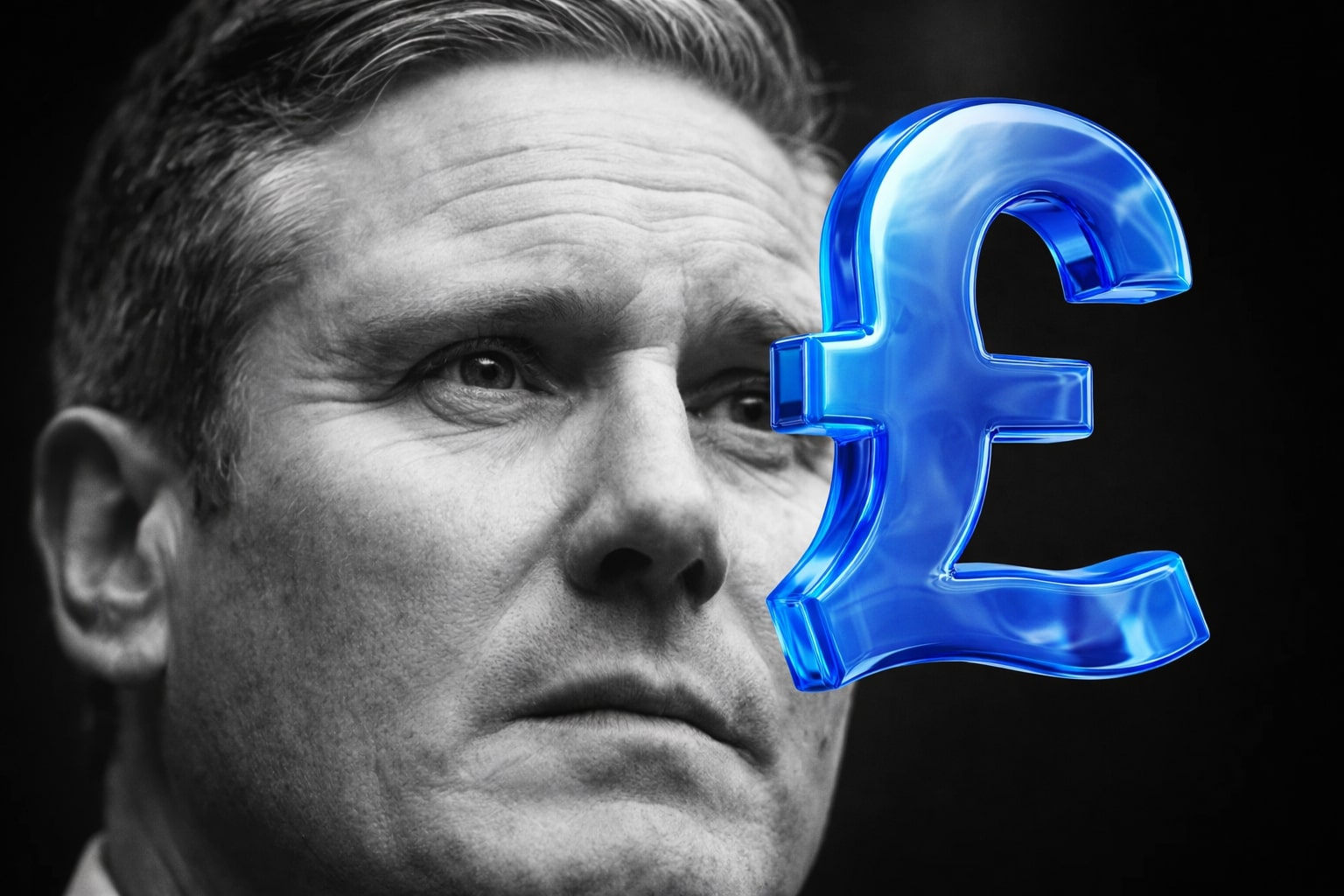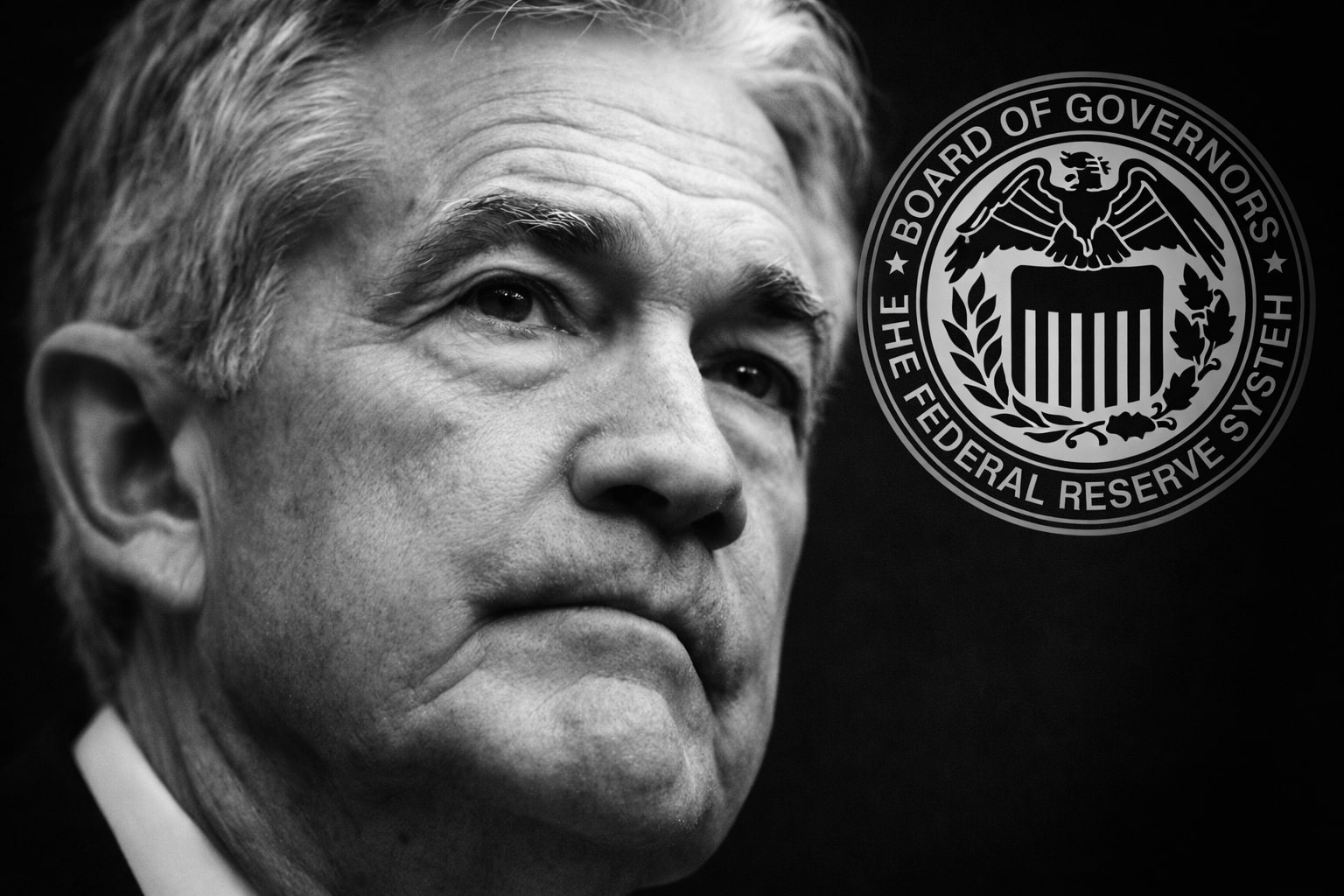EUR/USD Targets 1.2020 as Dollar Collapses and Tariff Deadlines Fuel Euro Demand
Dollar Slide and Trump’s Tariff Ultimatum Push EUR/USD Toward Breakout
The EUR/USD currency pair surged into July with one of its most aggressive rallies in over three years, rising sharply off its 1.17200 support zone and closing last week’s session at 1.18315 — a level not seen since early 2022. The move reflects a deepening collapse in dollar demand amid growing conviction that the Federal Reserve is behind the curve, and that the Trump administration’s looming July 9 tariff deadline could spark fresh waves of risk aversion.
The backdrop is intensely volatile. President Trump’s fiscal mega-package was passed into law last week, adding $3.9 trillion in government spending with an extended version of the 2017 tax cuts. This has dramatically steepened the yield curve while simultaneously raising concerns over long-term U.S. credit quality. Meanwhile, Trump’s threat to impose punitive tariffs on Vietnam and India starting July 9 is fueling a realignment of currency exposure globally. Traders are rotating into the euro as a defensive macro hedge — and the EUR/USD is responding.
Euro Retakes Multi-Year Highs Despite Technical Friction at 1.1830
From a structural standpoint, the EUR/USD rally has extended more than 16% off the yearly low, pushing deep into long-term resistance at 1.1830, the upper bound of a modified pitchfork channel. Although the currency pair pulled back from that intraday high on Tuesday, price action remained constructive, holding well above 1.17800 into the North American close. A clean break and close above 1.1830 will likely trigger a momentum breakout toward 1.1917, and potentially as high as 1.2020, a major resistance zone that includes the 38.2% retracement of the 2008 high.
The resistance band between 1.1830 and 1.2020 carries heavy technical significance and includes a 100% Fibonacci extension of the 2022 advance. Beyond that, additional resistance levels sit at 1.2227 and 1.2456, which reflect the 2021 high-close and the 2018 top. On the downside, immediate support rests at 1.1616, the 2016 swing high. Below that, critical trend support remains at 1.1497, with the key March 2020 and 2022 reaction levels converging. If the market closes under 1.1497, that would signal trend exhaustion and open up a move back to 1.1365, the breakout level from earlier this year.
Job Data, Wage Pressure, and Rate Expectations Shift Fed Path
The macro pressure undergirding EUR/USD strength is intensifying. Last Thursday’s U.S. Non-Farm Payrolls smashed expectations with 147,000 jobs added vs. 111,000 forecast, and yet the average hourly earnings only climbed 0.2%, missing the 0.3% estimate. This drop in wage inflation confirms that wage-driven price pressure is weakening, even as job creation remains resilient. Additionally, the U.S. unemployment rate unexpectedly fell from 4.2% to 4.1%, suggesting that labor market slack is not deteriorating enough to derail Fed cuts — but not tight enough to justify policy restraint either.
Traders are interpreting this mix as a signal that the Fed will be forced to cut rates as early as September, regardless of recent hawkish commentary. Markets now price in three cuts by year-end, totaling 75 basis points, and expect the Fed to drop its terminal rate further in 2026. The FOMC minutes due this Wednesday will be pivotal. Any dovish shift — particularly in how officials interpret wage disinflation — will reinforce current positioning and further weaken the dollar.
Dollar Index Crumbles as Institutional Flows Rotate Toward Eurozone Assets
The U.S. Dollar Index (DXY) posted its lowest weekly close since February 2022, printing a long-wick candlestick with almost no bullish momentum. This reflects not just dollar weakness — but deliberate repositioning by global institutions into European assets. Eurozone macro data has stabilized, inflation has cooled faster than expected, and the European Central Bank’s tightening cycle is largely complete, giving traders more certainty around euro-denominated yield curves. Coupled with growing fiscal instability in the U.S., the euro is emerging as a capital magnet.
In contrast, U.S. tech stocks have pushed to fresh all-time highs, masking the internal fragility in the dollar. S&P 500 and Nasdaq strength reflects speculative risk appetite — but under the surface, the dollar is cracking. With Fed cuts now widely expected, institutions are front-running that move by shifting into the euro. This inflow dynamic is reinforcing the bullish structure in EUR/USD, and technicals are lining up with macro drivers.
Trump’s Trade Shock Could Trigger Volatility Spike and Euro Demand Surge
The July 9 tariff deadline has the potential to be the week’s most violent catalyst. Trump has signaled he may unleash 10%–50% tariffs on nations he deems unfair exporters, including Vietnam and India, which could destabilize the Asian FX complex and drive large flows into safe-haven currencies like the euro. Past tariff implementations under Trump in 2018 triggered heavy dollar selling and euro demand — particularly from asset managers looking to hedge trade shocks through the FX channel.
The expectation that Trump will name specific tariff rates early next week has already rattled forward volatility curves and widened bid-ask spreads on USD-Asia pairs. In this environment, EUR/USD may benefit from spillover flight-to-quality flows, particularly if risk assets wobble or EM outflows accelerate. This geopolitical trade tension, layered on top of dovish Fed expectations and fiscal risk, forms a perfect storm for continued euro upside.
Market Internals: Euro Strength Outpaces Peers While Volatility Holds Firm
On a relative basis, the euro remains the strongest major currency in the G10 basket, outperforming the British pound and Swiss franc. This is not just a dollar story — it’s a euro strength story. Speculators have extended euro net longs across CFTC positioning data, while options markets show a rising skew in favor of euro calls. Volatility, however, remains subdued. Only 7% of key Forex pairs moved more than 1% last week, reflecting a stealth rally in EUR/USD that still has runway if volatility increases.
Momentum remains robust, but it’s not yet overextended. Traders are watching for a daily close above 1.1830 to confirm breakout conditions. If realized, this would mark a decisive shift into an accelerated uptrend channel with measured move targets toward 1.2020, then 1.2227.
EUR/USD Verdict: Buy on Breakout, Hold Above 1.1616
With macro flows, central bank policy, and trade volatility all pushing in one direction, EUR/USD is in a confirmed structural bull market. The chart shows compression near key resistance — and any confirmed close above 1.1830 will open the door to 1.2020 and higher. Until that breakout triggers, long-biased traders can hold exposure with stops under 1.1616, which marks the key technical pivot.
This is not a fadeable rally. The alignment of fiscal risk, dovish Fed policy, eurozone stability, and Trump-driven trade anxiety gives EUR/USD an asymmetric upside profile. Traders should be positioned long EUR/USD, adding on confirmed breakouts and managing downside with precision below structural trend levels.
Verdict on EUR/USD: Strong Buy on confirmed breakout above 1.1830. Hold positions while above 1.1616. Upside targets include 1.1917 → 1.2020 → 1.2227. Risks are skewed in favor of further euro strength as macro drivers intensify.




















